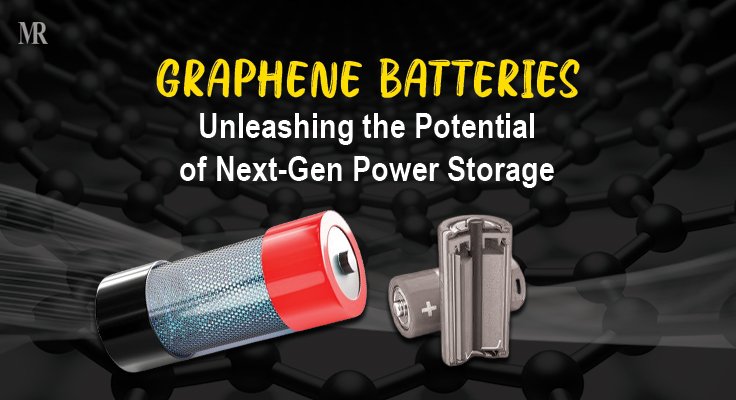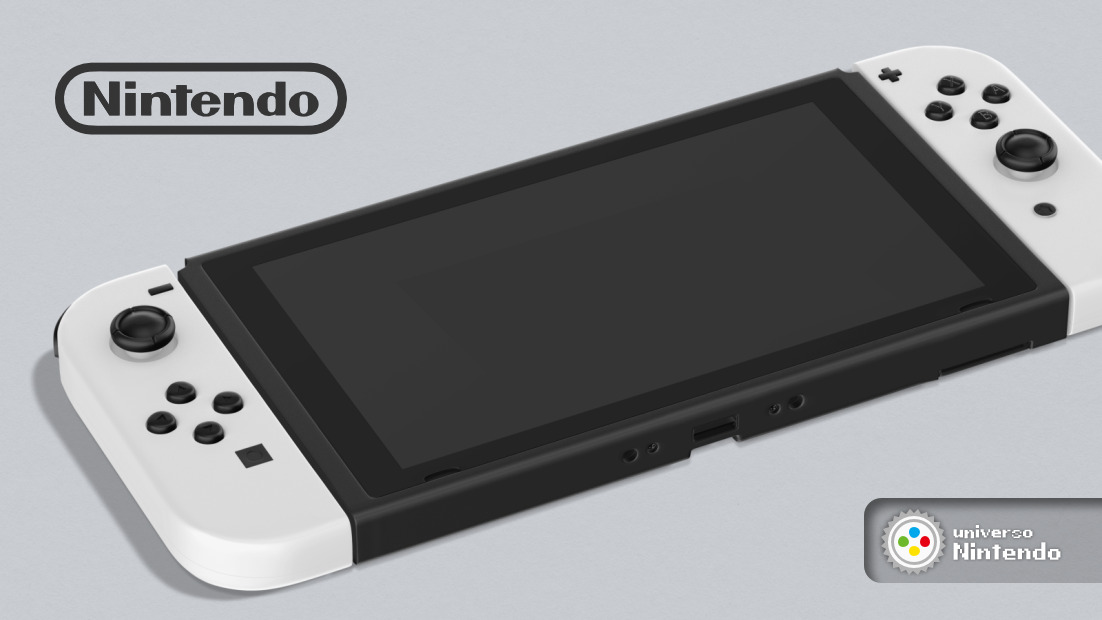I dont think The Switch 2 will beat the Switchs Record but I think it will do around 70 to 80 million units which is perfectly fine. I think the people who got into the switch just to play 3rd party games will probably be on steam deck or something similar because I would say 1/4th of the people who originally got the switch only cared about like skyrim or whatever 3rd party games it had and dididnt really care for Nintendo games. Those people have left and likely wont return. So but about 3/4ths of the people who have a switch use it for just Nintendo games (me included) so thats why I think around 70 to 80 million will be the amount it sells.
Don't take this personally, my intention is not to mock at all, but this type of post is perfectly representative of the form of parallel reality constructed by the discourse around the Steam Deck, and I can't help but find it very amusing. I think well of the Steam Deck, it's an interesting and cool console. However, the vast majority of people are unaware of its existence, and even among those who do know about it and think well of it, it remains a console positioned as a niche product.
That doesn't take anything away from its success on its own scale, but it seems like a lot of people who own this console sometimes have a skewed perception of its real impact. I mean, to think that the Switch 2 is going to see its sales halved compared to the previous console because of a higher-end product that's aimed at a smaller audience sounds literally like a multiverse scenario.
My best friend is one of them and hes a Pikmin die hard like me. Instead of buying pikmin 4 for switch and getting a switch again he legit just played it on his steam deck.
I know this is just what I see in my own area but Online with youtubers you see it as something thats very common as well.
How fortunate that "preservation" allows us to access very old games like Pikmin 4, released on a console that is no longer on the market.
On a more serious note though, it just goes to show how Nintendo's main strength will always be its games, and it doesn't hurt to point this out even on a hardware-centric thread. We can talk about power, terraflops, resolution and FPS all we want, but at the end of the day, even people who denigrate the Switch have picked up a SteamDeck or other expensive hardware because "Nintendon't" end up wanting to use it to play...Zelda, Pokémon, Mario and so on.
why do i need a Switch sucessor, when i already have my Switch that did everything this console do but better
Because you want to... play games? As said above, I'm always amused to see people decoupling software from hardware. The reason the Switch 2 is exciting is that it has improved or new gaming experiences to offer. It's always about the games, not just being able to look at your new console and say "my teraflops are bigger than yours".
In fairness, DF was very clear that they are basing their assessment on rumors and the assumption that Nintendo would prioritize pricing over performance. Near the end of the segment, it was pointed out that it could be on a different node than the T234 due to the name change and the delay. Rich pointed out that there would be a slim chance of this due to Nintendo's typical approach, but concluded that this is not the same Nintendo as before, so we will have to wait and see.
I really appreciate DF's technical analyses, which are interesting, didactic and demonstrate real expertise. When you analyze data, that implies by definition that you...own the data you're analyzing. Speculation is a rather different exercise, as we well know here, since it involves, by definition, relying on information we don't have. Here, for example, the entire premise of the discussion is essentially based on the "because Nintendo" bias.
It's not uninteresting, or in any case just as interesting as the biases we all have when we discuss things here, but even when you're called DF, your hypotheses don't become any more probable than anyone else's, and I have to say that the way they are sometimes very peremptory (as they had been, wrongly, about what would equip the "NX") can sometimes be a little annoying, although the most important thing, of course, as always is that
Nintendo really should use anti-alliasing. ^^
I’d be surprised if it were launched for less than $450.
High launch prices hurt both the 3DS and Wii U. Of course, there were other problems, not least the lack of games initially available, but when you're aiming for a wide audience, price is very important. Naturally, I expect the launch price of the Switch 2 to be higher than that of the Switch. Not out of "arrogance" or anything, but because inflation also affects Nintendo, which has to pass on higher costs unless it sells hardware at a loss, which won't happen. Some expected and necessary improvements will also undoubtedly increase manufacturing costs, such as a bigger screen, more RAM or even more internal storage space.
However, in my opinion, there are psychological limits that must not be crossed with consumers. You can't launch the Switch 2 at a higher price than the entry-level model of the steam deck, or the entry-level model of the Playstation 5, whose price will surely drop with the arrival of the PS5 Pro.
Yeah, their main audience (mostly PC gamers) can be very aggressive if it comes to graphics. Even if Switch 2 aligns with our most optimistic expectations, they‘d call it underpowered after 4-5 years regardless.
A certain audience will probably even consider the Switch 2 underpoweredfrom day one since you know, the "T-239 will be obsolete". Once again, it'll be "Nintendon't, but please let me pirate your games anyway".






